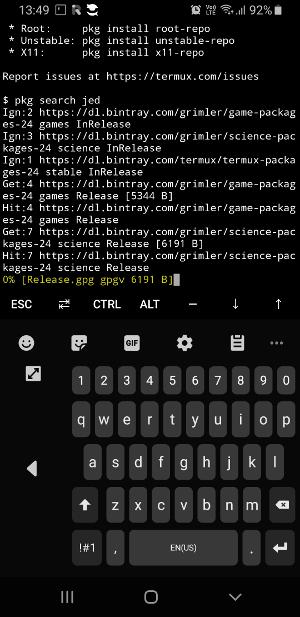An open source Raspberry Tablet that allows CutiePi developers to customize their hardware and firmware
Link to the original text (Posted on 2020/07/26)
Taiwanese startup Cutie Pi recently launched a Raspberry Pi tablet on Kickstarter. CutiePi's software and hardware design is completely open source and can be freely customized. CutiePi claims to be the thinnest Raspberry Pi tablet that's really easy to use.
Phoebus Torralba, who started the project on Kickstarter, explained the motive behind the Cutie Pi tablet:
All Raspberry Pi developers know that setting up a Pi development environment isn't fun. It requires a keyboard, mouse, and monitor, which is tedious and tedious. Unknowingly, the desk is covered with peripherals and development boards. With your tablet, you can free your Pi project from your desk and start creating it wherever you come up with it.
CutiePi runs a Linux and open source Qt-based stack on a custom quad-core 1.2GHz open source board based on the Raspberry Pi Compute Module 3+ Lite and 1GB RAM.
Unlike the standard Raspberry Pi model, the Compute Module lineup is aimed at enterprise companies. Therefore, the Raspberry Pi Compute Module is a slimmer, thinner board designed to be placed inside industrial and household appliances, not designed for use as a home computer. For example, it is used in NEC's digital signatures and Kunbus' industrial-grade Revolution Pi.
The Raspberry Pi model used in the Cutie Pi has fairly decent specs compared to the low end of embedded devices, but is reasonably economical (usually less than $ 40). However, general-purpose Raspberry tablets require an optimized user interface to ensure maximum memory, CPU, and battery life for user applications and browsing. The open source Cutie Pi shell, which enhances the tablet's user interface, is an optimized mobile UI written entirely in Qt on the Raspberry Pi OS. The shell comes with built-in apps that include a lock screen app, web browser, side tabs for multitasking, directional sensor support, and more.
The main feature of the CutiePi tablet is that it is completely open source. This includes hardware design, firmware, middleware, driver enclosures and user interfaces. This means that users can modify the tablet's design and software to customize the tablet without paying royalties or exposing it to patent infringement. This will be important for both DIY users and industrial users trying to adapt their tablets to their use cases.
Moddable's Lizzie Prader recently identified a proprietary hardware issue in an interview with InfoQ:
There are many problems with the IoT. User privacy is not respected, it is an isolated product of the company, and the manufacturer decides which products are interoperable and which are not. The security of some products is a joke – the list is growing.
Making full information on your tablet available online makes it easier to repair and replace parts (right to repair movement). It fights both planned obsolescence and lock-in.

The CutiePi has an 8-inch touch screen (1280x800) and a 5000 mAh battery (5 hours of autonomy under certain conditions). In terms of connectivity, CutiePi has Wi-Fi 802.11 b / g / n wireless, Bluetooth 4.0, 6 GPIO pins, 1 USB Type A port, 1 USB Type C port for charging, 1 micro HDMI port, and a microSD slot. It is equipped with. The tablet weighs 360g. Full technical specifications are available on the project's Kickstarter page.
The prospective user enthusiastically received the Cutie Pi. It reached its initial funding goal in a few hours and is now being sought after three times as much. One developer said on Twitter:
Hackable tablet! ?? very!I wish I had an 8GB version of the @Raspberry_PiCompute Module now
A user asked about the applications available on the tablet:
Hello, what kind of app do you get? And how to install / use them? Frequently Asked Questions (FAQs) aren't much talked about (or maybe you didn't understand everything).
The Cutie Pi team replied:
The following two are included.
In addition, through OTA, the user gets:
If you have any other questions, please let us know or join the Telegram chat group https://t.me/cutiepi_io for technical / development questions.
The Raspberry Pi is a series of small single board computers developed in the UK by the Raspberry Pi Foundation that promotes basic computer science education in schools and developing countries. The decline in technical skills and computer science applicants observed in Cambridge in 2012 is due to computer-to-appliance generations benefiting from computer-friendly home computers (such as Amstrad CPC and Sinclair) in the 1980s. Explained by switching to (console or tablet). Proponents of the Raspberry Pi have launched the Pi project as a way to get hackable computers back into the hands of young students.
Raspberry Pi is also currently used in DIY hobbies, industrial applications, edge computing, IoT and more.